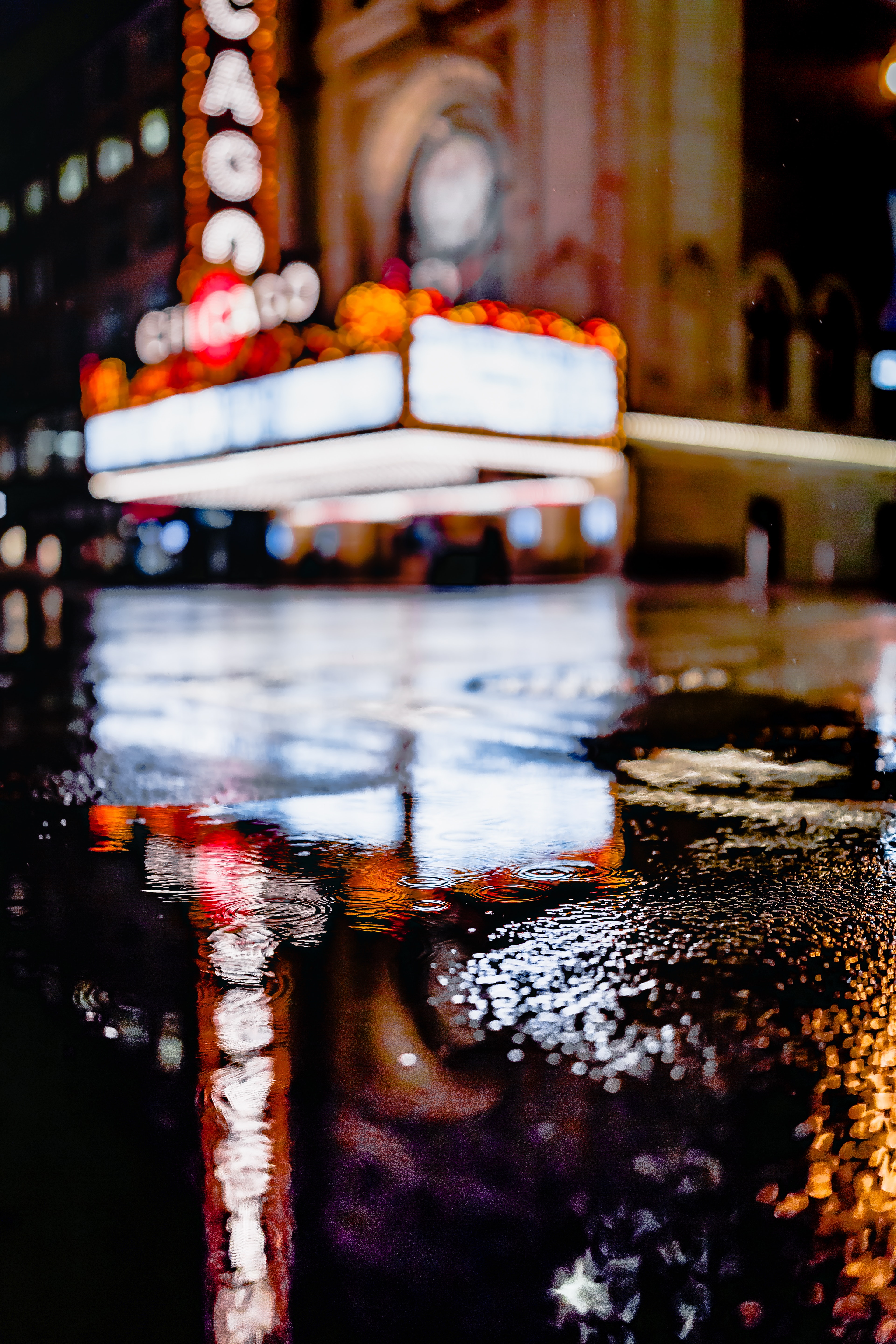“We were pushed hard to be cognizant of what we did and did not notice. And most importantly, why?”
This is the hardest—the why of our actions and our inattention. Why do I feel that white people around me are just worth my time, and yet black people are somehow safe to exclude? That came from somewhere, and I picked it up, but why do I think this and act this way—that is the part of me that still has mysterious roots. Did I really choose to be racist? Based upon what I’m reading and thinking about, it seems more and more likely that yes, I did choose this.
“I thought about the day in, day out frustrations of trying to move about in a world designed by people who hadn’t considered my reality, my needs.”
It’s a key point, that we don’t see the many ways in which people who are not the majority find continuous roadblocks. Our way is generally smooth sailing.
“But how could I imagine the experience of a person of color? Without any understanding of systemic racism’s ability to produce drastically different life experiences and outcomes along racial lines, I had assumed my daily experience was basically universal.”
It’s easy to think that the problems that black people face are entirely due to their inability to do things right, that if they just behaved right and spoke right, and pulled their pants up, then of course the way would be just as open and easy as it is for white people. Even a perfunctory investigation into the lives of actual black Americans would show this to be piffle. But it’s surely popular.
“Privilege is a strange thing in that you notice it least when you have it most.”
Indeed. The point of privilege that it’s working best when you don’t think you have it at all. It is just there, like the air we breathe and the water we drink. Which is the entire point. We breathe and swim in this environment, and it all just seems normal and ordinary and entirely unusual.
“In an effort to make visible white advantages, Diane Sawyer did an investigative report for ABC’s Primetime Live called ‘True Colors.’ When I watched it for the first time, I felt as if I were watching a Twilight Zone episode. In the video, made in 1991, she sends two twenty-something guys—equal age, education, dress, and so on—to St. Louis for two weeks.”
I watched this, and it’s astonishing. And since its filming in 1991, not a damn thing has changed. I have friends who’ve told me their stories, and I’m very sorry to say that at first I didn’t believe them. I was a most disloyal friend. But I did discover my disloyalty, and repented, and now I believe my friends when they tell me their stories. Since that time of setting my mind to loyalty, my friends have shared stories and even videos of their treatment by white people that I have never, ever experienced. A misunderstanding at a golf tee that turns into a shouting and pushing match. A failure to receive any service at a restaurant. A server using the “N-word” casually as if it’s just another word to use to describe a customer. We don’t see it or hear it because we do not want to see it or hear it. If we fail to believe our friends when they tell us these things—how are we their friends, in any way?
“To really get racism, a white person must get both pieces. It’s not enough to feel empathy toward people on the downside; white people must also see themselves on the upside to understand that discrimination results from privilege. You can’t have one without the other. Like a seesaw, the upside and downside are joined together.”
White people, as white people, don’t get the default. We get the best. The excluded don’t just get the default. They get the worse end, which is sometimes just the default (“I won’t help you”), and which is other times the deliberate exclusion or turning away (“The job’s been filled.” “The room’s been rented.”)
“I’m sick of white people saying they can’t see it. I think they can’t see it because they don’t want to see it.”
Yeah this. We don’t see it not because it’s invisible. We don’t see it because our minds don’t want us to see it.
“As I’ve spoken with longtime friends of color about what I’m learning, most have nodded their heads in recognition. What restraint and grace these friends have shown not to grab me by the shoulders and try to shake me awake earlier.”
Sigh. This is me, in so many ways. I have failed. I have doubted. I have disbelieved. I have minimized. I have changed the subject. And yet my friends have not shown me the door, as well they should have.
They give me grace, these friends.
Grace doesn’t tell you that you’re fine the way you are.
Grace tells you that you’re loved the way you are.
Question
Watch parts 1 and 2 of “True Colors” online, a total of eighteen minutes.
Write ten words that describe how Glenn (black) is treated.
- Infantile
- Patronized
- Inferior
- Dangerous
- Risky
- Worthless
- Interloper
- Stranger
- Invisible
- Disposable
Write ten words for how John (white) is treated.
- Adult
- Respected
- Equal
- Safe
- Trustworthy
- Valuable
- Welcomed
- Friend
- Present
- Incorporated
Which customer service experience feels more like yours?
DEFINITELY John. I have almost never (I’d say “never,” but maybe I forgot something?) been treated badly as a white person for being white.
For context on this series, see my kick-off post here:
To follow along with the others, see also:
Di Brown “Nixie” at https://dianabrown.net/blog-challenge-waking-up-white/
This chapter: https://dianabrown.net/waking-up-white-chapter-13/
Dawn Claflin at https://dawnclaflin.wordpress.com/

